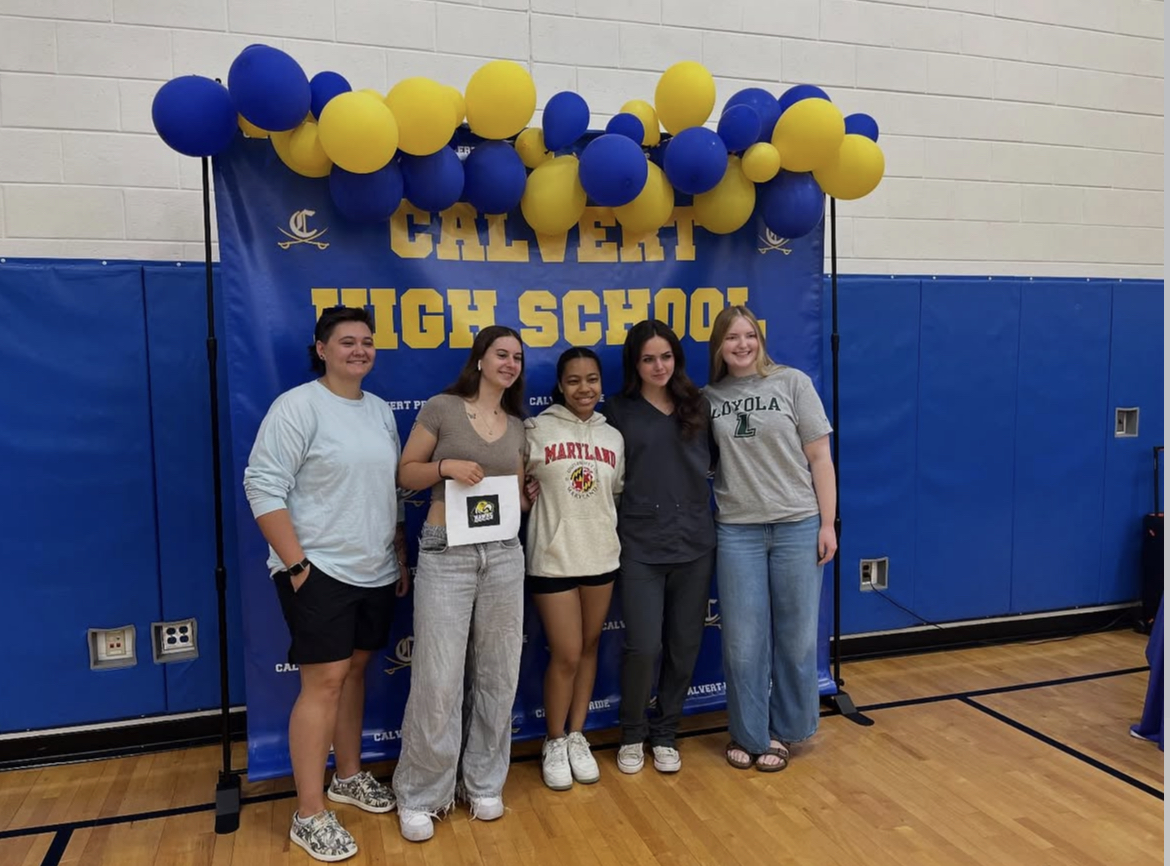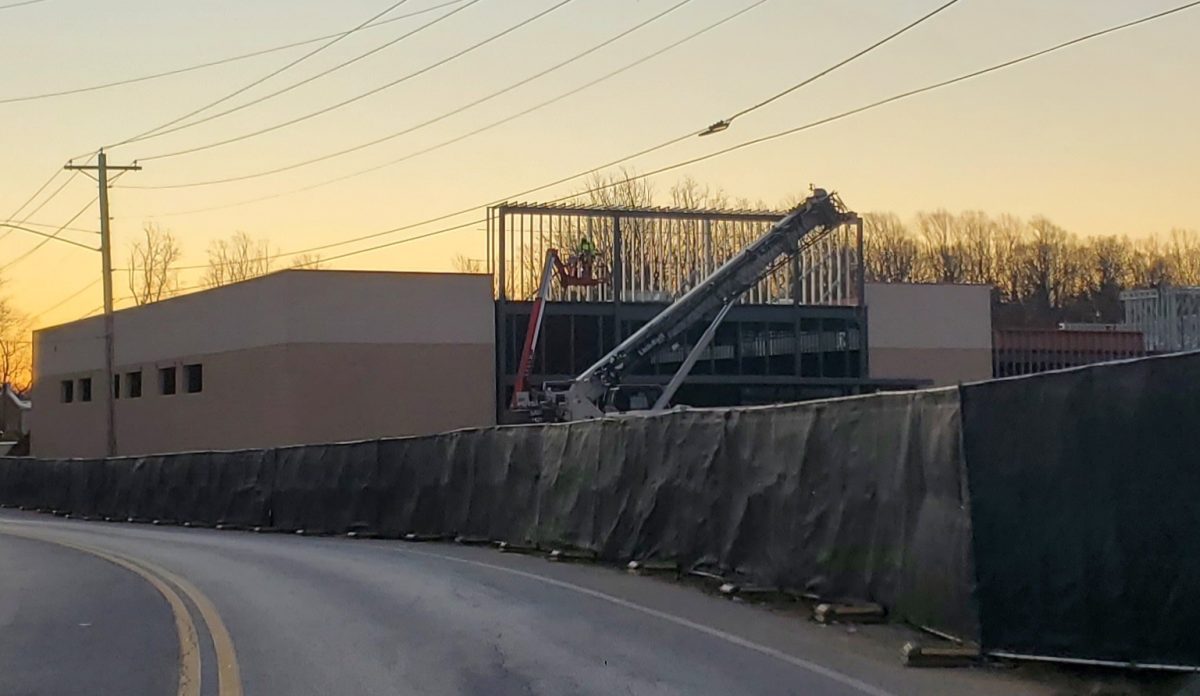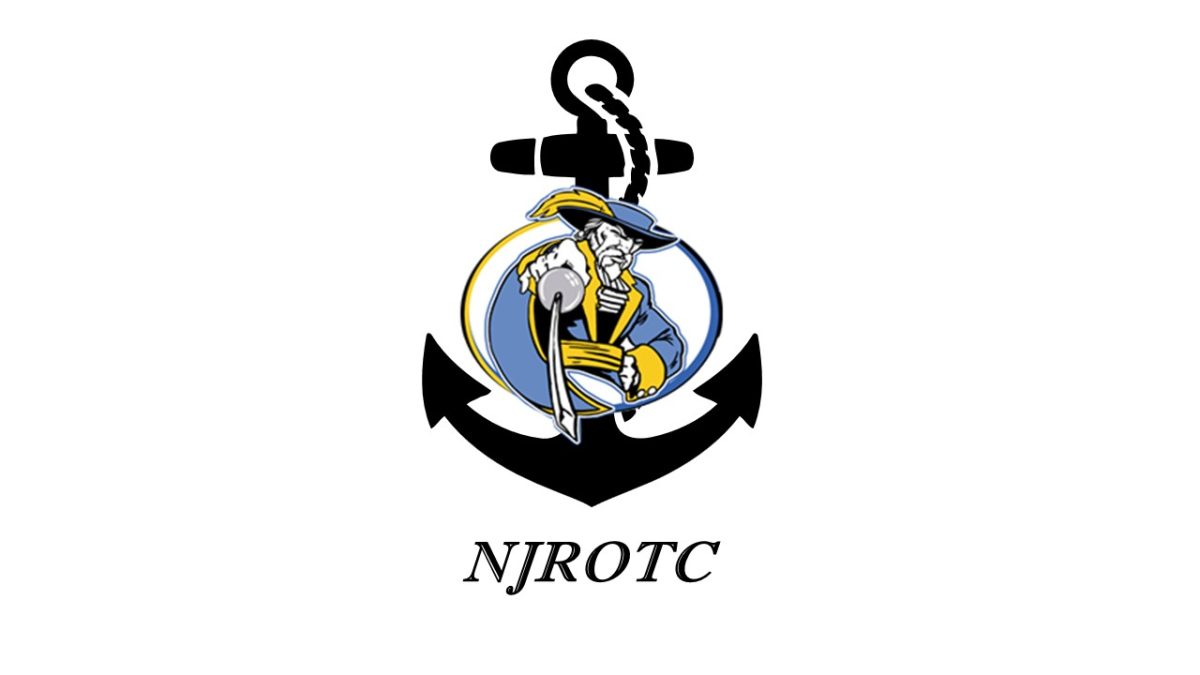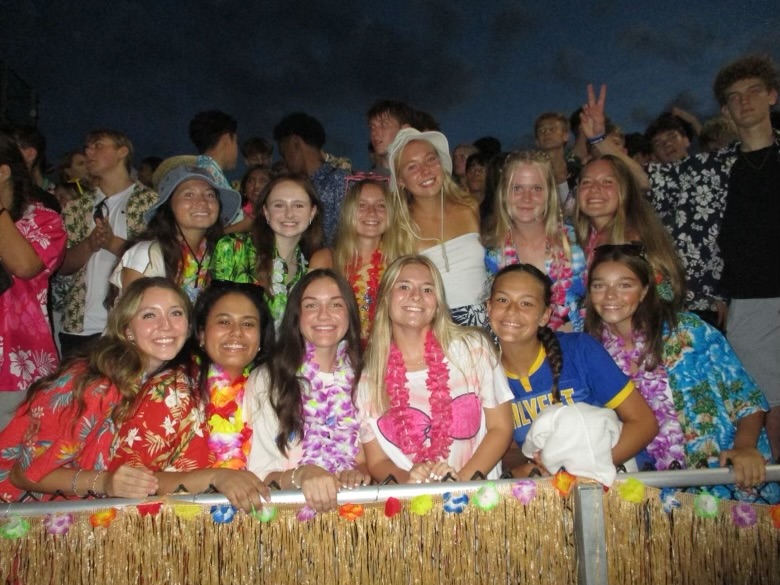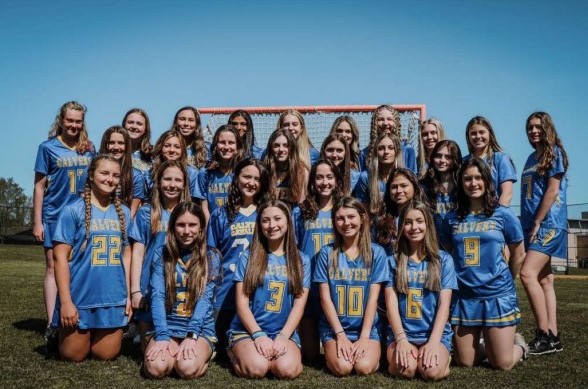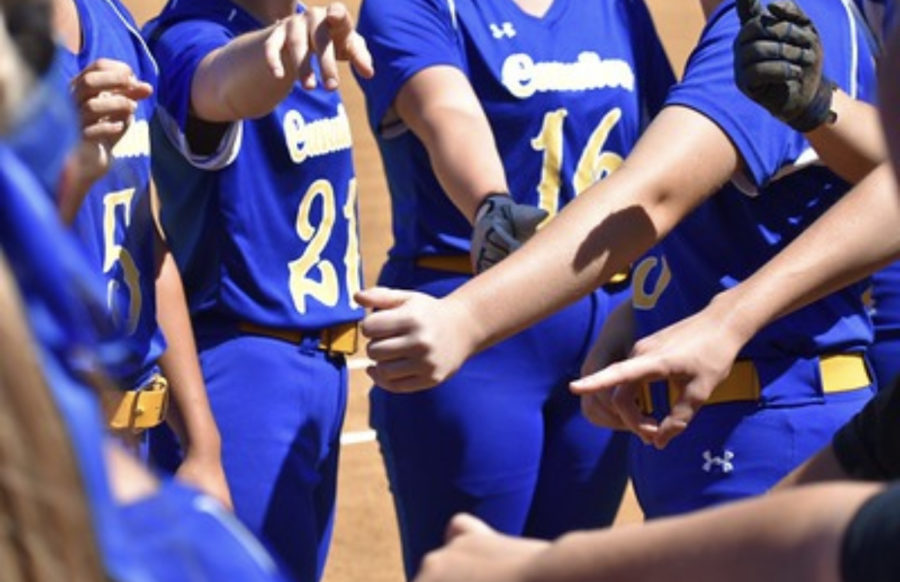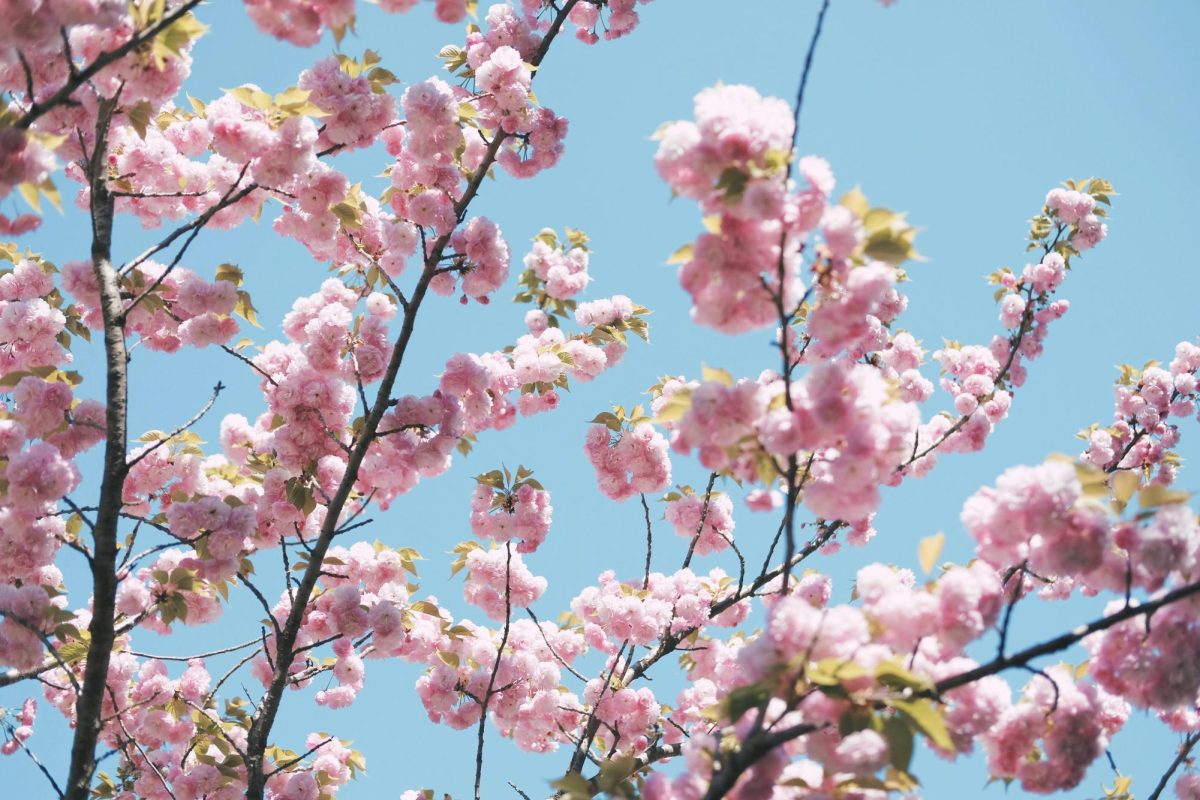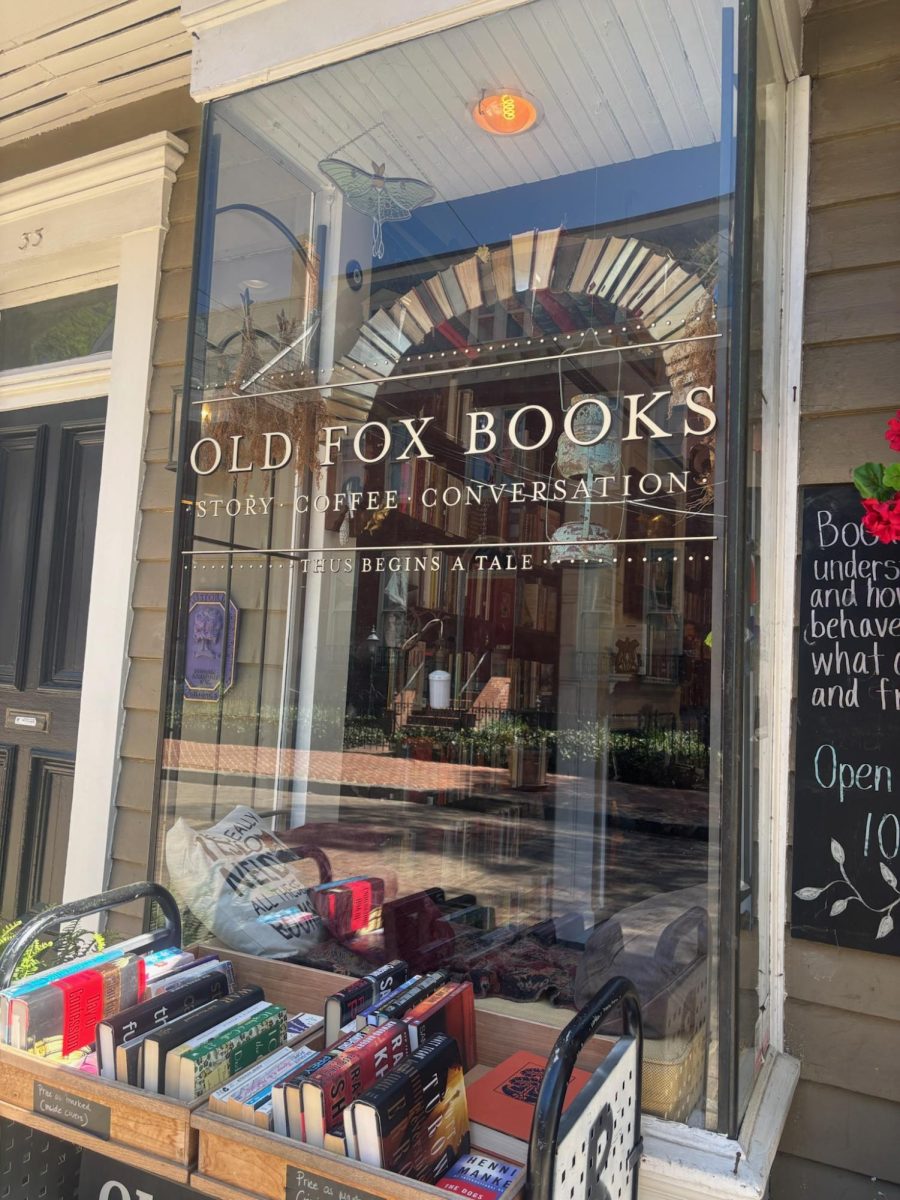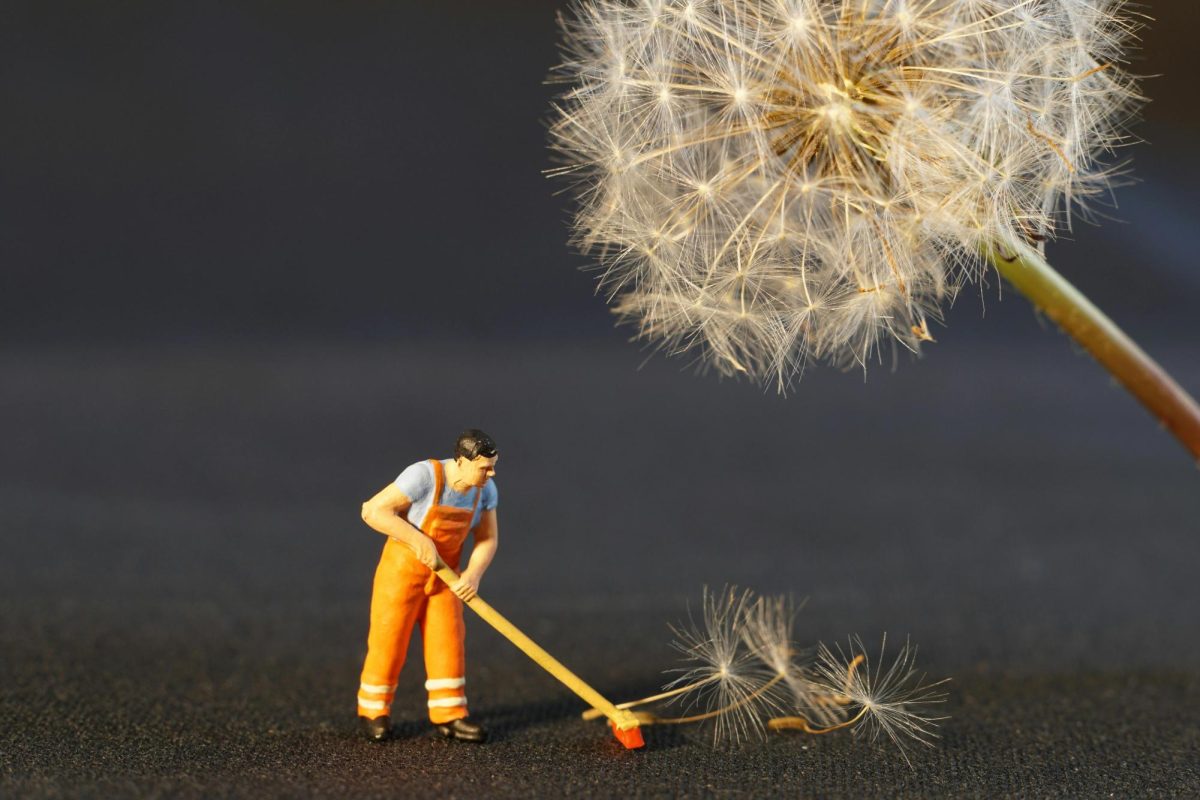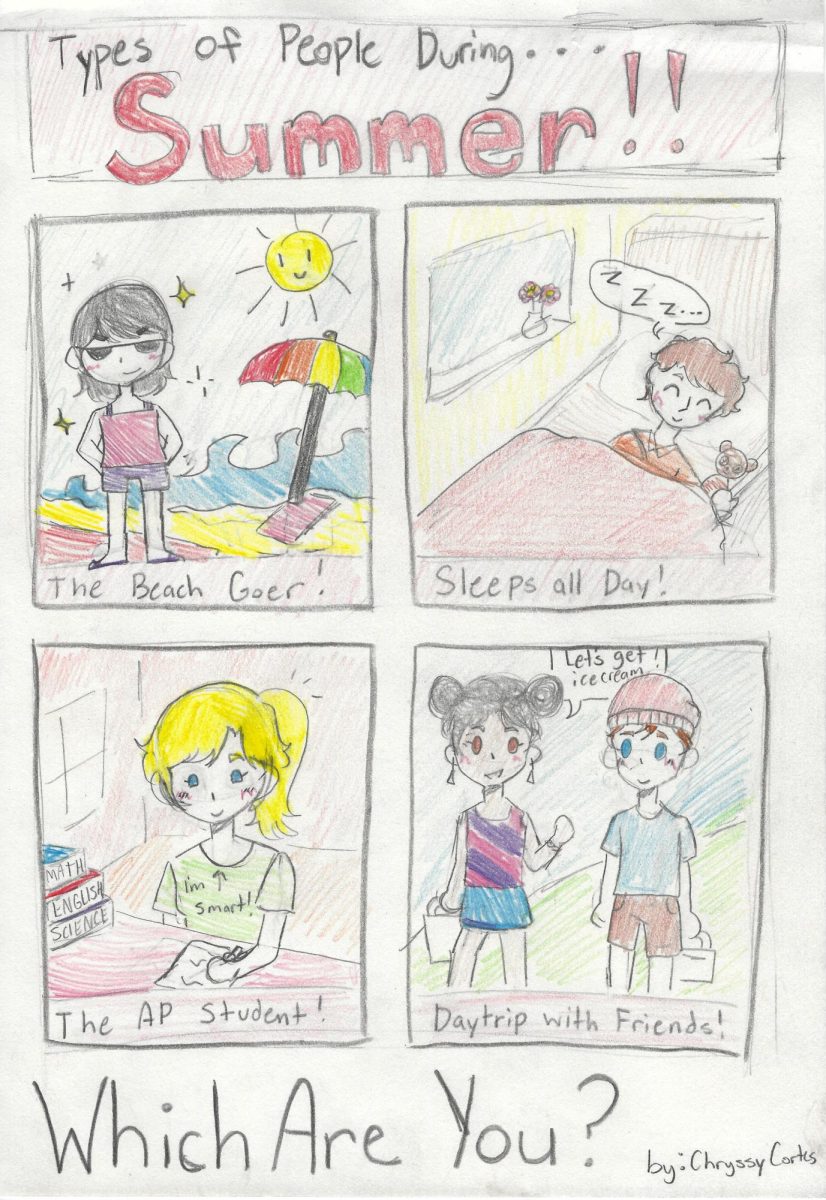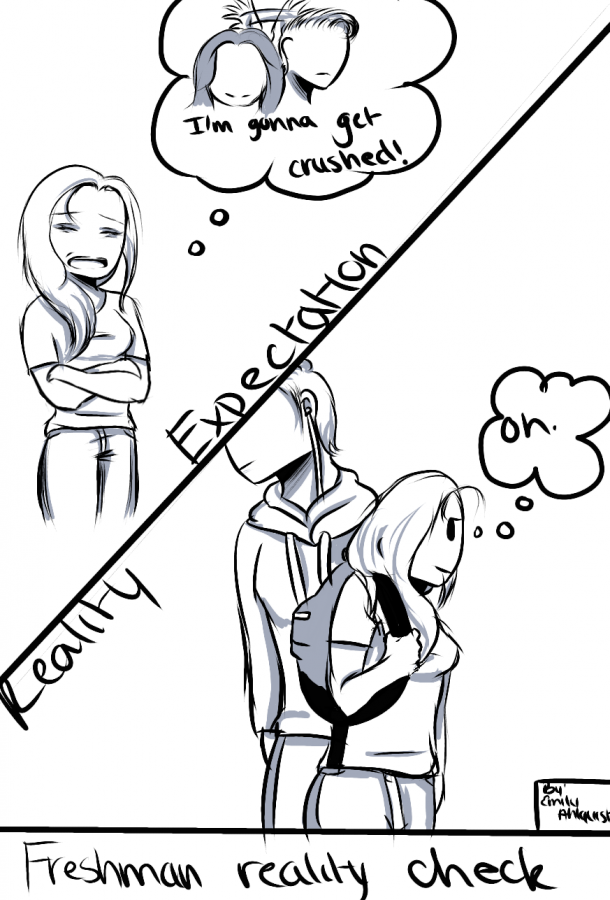Field of dreams and trips
June 5, 2019
Education in the public school system is shaped by many things: standard versus honors levels, teamwork versus independent work, core classes versus electives and learning structure, specifically, classroom teaching versus field trips.
High school students participate in their fair share of field trips. Whether it’s a CHESPAX trip for science or a performing arts trip to New York, all field trips have a purpose, which is to allow students an alternative perspective on a subject. One that is usually more hands-on and gives students a learning opportunity outside a traditional classroom setting.
“Field trips allow students a broader learning opportunity,” said Cortney Costello, who teaches journalism and musical theater at Calvert High School. “It creates a learning experience that students are more likely to remember because it is hands on.”
Many students enjoy the idea of field trips because it is a day off from school and a break from textbook learning, but it’s more than that. Field trips can spark creativity in knowledge and promote a stronger interest in a subject for the student because they are experiencing it in real time.
Furthermore, field trips provide opportunities for students they may not get at home. These include exposure to the arts, sciences, travel, and more, as well as navigating real-life situations such as public speaking and audience etiquette.
Field trips have broadened students’ schooling in many ways. One recent destination was the Newseum in Washington, D.C. It was the third trip to the museum, and one may wonder why three times for the same class. It’s because each time has been a new experience. The exhibits are always changing, and students learn something new about journalism every time.
Because it is a news museum, it is consistently up to date with new stories and exhibits.
With six floors, ranging from the history of newspapers to pop culture, students learn how the media has developed, along with the different styles of writing. A trip to the museum is highly encouraged before it closes its doors for relocation in December. Another trip preparing students for future classes is coming up. It’s a 10-day excursion to Europe.
“Our trip to Europe this summer will put a lot in perspective for the students,” said Calvert High School history teacher Amie Dryer, who will be part of the contingent. “This experience can take out the ‘tunnel vision’ of US culture and environment.”
Experiencing different parts of the world in real-time, rather than reading about them in textbooks, can help students relate to the culture in a personal way, which will prepare them for classes such as AP European history.
I hope to visit the Rachel Carson Environmental Center in Germany, which will allow me to reflect on my National History Day project. With seven months of textbook and internet research, I look forward to making a real-life connection with an environmental preservation organization and a foreign culture.
Field trips are essential because they broaden one’s education. Students are prepared for real-life experiences when they have this opportunity to make connections outside of the classroom. School is supposed to teach students about things they are expected to know when they go out into the world, and it is a duty that would not be fulfilled without field trips.
“I wish more teachers would step out of their comfort zone and take students on field trips,” Dryer said, “because it’s so beneficial to their education.”
As I enter my senior year, I cherish the opportunities I have been given, because I know that any future trip I take as an adult will not be the same.
The field trips I have taken throughout my learning career have been pivotal in the development of my education, and I will treasure how much I learned.
